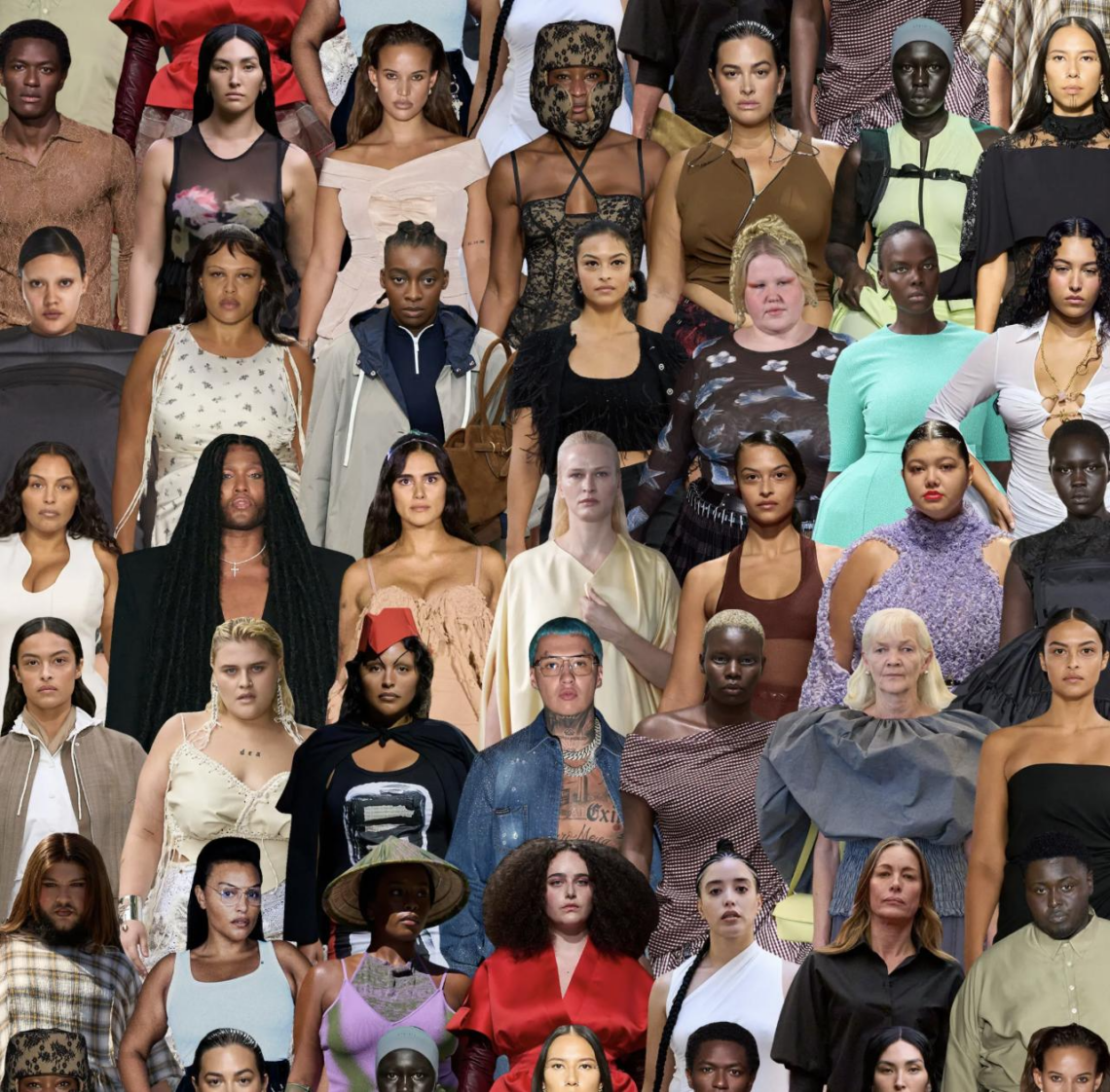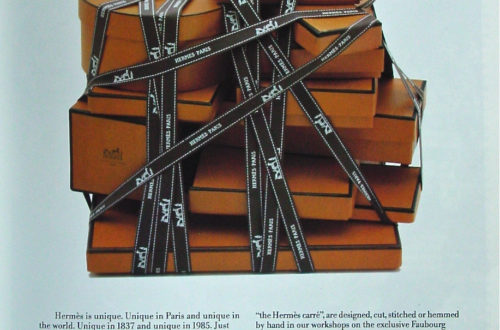Fashion has always claimed to be about creativity, freedom, and self-expression. But for a long time, those ideals were only available to a very specific group of people; mainly thin, white, able-bodied individuals who fit into narrow, traditional standards of beauty. Recently, though, the industry has been making a lot of noise about becoming more inclusive. We’ve seen more diverse models on runways, more representation in ad campaigns, and more designers talking about body positivity, racial diversity, and even gender fluidity. And while that seems like progress on the surface, I can’t help but question how deep it actually goes. Is this a genuine shift toward meaningful change, or is it just a new kind of branding that looks good in a press release?
There’s no denying that some important steps have been taken. In recent years, I’ve personally seen more campaigns that include models who don’t all look the same. Whether it’s plus size models, models with disabilities, or people of different races and gender identities, representation has expanded in a visible way. Brands like Savage X Fenty and Chromat have led the charge, proving that diversity and success aren’t mutually exclusive. That visibility matters, it shifts beauty norms and helps people feel less excluded from the fashion conversation.
However, at the same time, I’ve also noticed that a lot of brands still treat inclusivity like a trend or marketing opportunity. They might feature a few diverse faces in a campaign or runway show and then go back to business as usual. The sizing in stores still doesn’t reflect the bodies they promote in ads, and prices are often way out of reach for the average consumer. This is where the whole thing starts to feel performative. If you’re going to celebrate plus size models publicly but not offer those sizes in your collection, you’re not really being inclusive, you’re just using diversity as a costume.
One major issue that keeps being ignored is economic accessibility. A lot of brands that claim to be “for everyone” still charge luxury level prices. Inclusive fashion shouldn’t just be about who’s modeling the clothes, it should also be about who can afford to buy them. It’s a little hypocritical when brands push a message of empowerment and inclusion but price out most people from participating. Yes, ethical and sustainable fashion is important, but it still needs to find a balance between quality and affordability if it’s going to be truly inclusive.
Another area that needs more attention is who holds power behind the scenes. It’s one thing to cast diverse models for a photo shoot, it’s another to make sure there are diverse voices in leadership, in design teams, in boardrooms, and in decision-making
spaces. Real inclusivity isn’t just about optics. It’s about shifting who gets to tell the story, design the collections, and influence the future of fashion. I sometimes feel like brands are too focused on what looks good from the outside instead of doing the harder internal work that actually leads to change.
There’s also the issue of how gender is treated in fashion. More brands are experimenting with gender neutral lines, and I think that’s a good thing. It’s refreshing to see collections that move beyond the traditional binary and give people more freedom to dress however they want. But again, it has to be done with real thought. Slapping a “unisex” label on an oversized hoodie isn’t enough. True gender inclusivity means designing with different body shapes and expressions in mind , not just creating one box and hoping everyone fits into it.
So where does that leave us? I believe that there is progress, but I also think the fashion industry still has a long way to go when it comes to turning that visibility into structural change. Inclusivity should not be a campaign ,it should be a commitment. One that shows up in pricing, sizing, staffing, and access , not just in who gets featured on the homepage.
In my opinion, inclusivity in fashion is not just about who is shown wearing the clothes, it’s about who gets to make them, who can afford them, and who feels like they belong in the conversation. The progress we’ve seen is meaningful, and I’m glad things are changing, but we can’t let surface-level efforts distract us from the deeper work that still needs to be done.
By Defne Erkan
Source:






